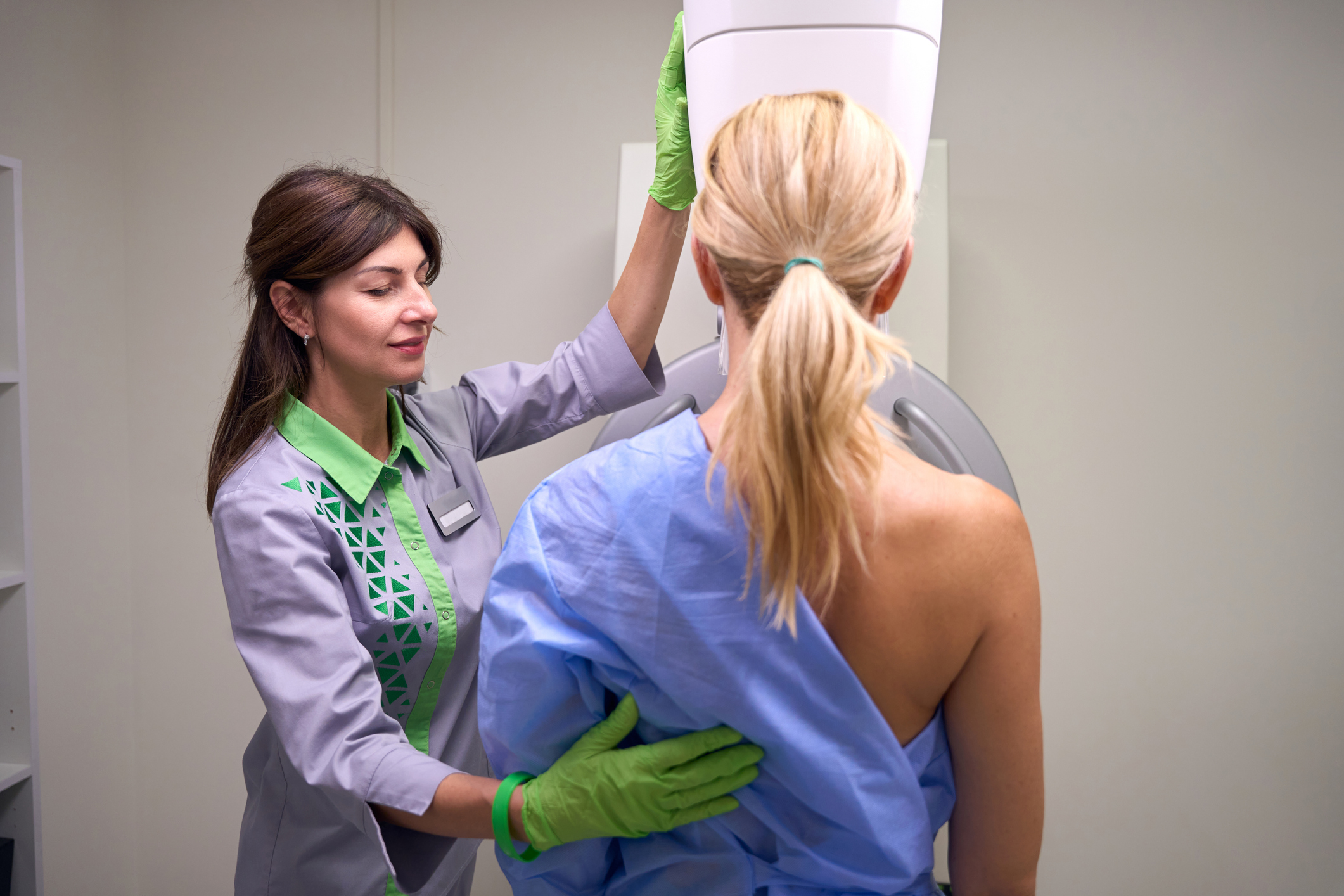Get Easy Health Digest™ in your inbox and don’t miss a thing when you subscribe today. Plus, get the free bonus report, Mother Nature’s Tips, Tricks and Remedies for Cholesterol, Blood Pressure & Blood Sugar as my way of saying welcome to the community!
The cancer 900 chemicals have in common

We live in a chemical-saturated environment. Pretty much everything we use in daily life — clothes, furniture, cosmetics, personal care products, even food — contains some level of chemicals.
In fact, there are tens of thousands of synthetic chemicals on the market, and new ones are being developed all the time.
That can spell trouble for our health, including heart disease and early death.
And if you’re a woman, you may want to pay particular attention to a recent study that shows more than 900 chemicals we’re exposed to in consumer products and our environment carry cancer-causing traits…
Examining endocrine disruptors
Scientists at the Silent Spring Institute decided to explore ways to predict if a chemical is likely to cause diseases such as breast cancer by focusing on whether the chemical has certain characteristics.
“This new study provides a roadmap for regulators and manufacturers to quickly flag chemicals that could contribute to breast cancer in order to prevent their use in consumer products and find safer alternatives,” says lead author Dr. Jennifer Kay, a research scientist at Silent Spring Institute.
Data show rates of breast cancer are increasing in young women — and researchers believe that trend can’t be attributed to genetics alone. “We need new tools to identify environmental exposures that could be contributing to this trend so we can develop prevention strategies and reduce the burden of the disease,” Kay says.
The scientists searched through multiple databases worldwide to identify chemicals that have been found to cause mammary tumors in animals.
The researchers also examined data from the U.S. Environmental Protection Agency’s ToxCast program to identify endocrine disruptors, chemicals that alter the body’s hormones in ways that could promote breast cancer. They specifically looked for chemicals that activate the estrogen receptor present in breast cells, as well as chemicals that cause cells to make more estrogen or progesterone, which is a risk factor for breast cancer.
Ultimately, the researchers identified a total of 921 chemicals that could promote breast cancer development. What’s worse, people are commonly exposed to 90 percent of those chemicals in consumer products, food and drink, pesticides, medications and workplaces.
Of those 921 chemicals, 278 were found to cause mammary tumors in animals. More than half of the chemicals cause cells to make more estrogen or progesterone, and roughly a third activate the estrogen receptor.
“Breast cancer is a hormonal disease, so the fact that so many chemicals can alter estrogen and progesterone is concerning,” Kay says.
DNA damage is also a cancer trigger. When researchers explored additional databases, they found 420 of the chemicals on their list both damage DNA and alter hormones. This could make them an even higher risk.
The analysis also found the chemicals that cause mammary tumors in animals are more likely to potentially damage DNA and disrupt hormones.
Dealing with chemical exposure
Co-author Ruthann Rudel, director of research at Silent Spring, says historically, identifying chemicals that cause mammary tumors in animals is the best way to predict which ones might cause breast cancer in humans.
“But animal studies are expensive and time-consuming, which is why so many chemicals have not been tested,” Rudel says. “Our findings show that screening chemicals for these hormonal traits could be an effective strategy for flagging potential breast carcinogens.”
Given that there are more than 900 chemicals on Silent Spring’s list, it would be pretty tough to completely avoid exposure to all of them. But there are ways to reduce your chemical burden, and one good place to start is your personal care routine. The Environmental Working Group has a Skin Deep database that can help point you toward safer personal care products.
You can also combat chemical exposure through chelation or diet. Cruciferous vegetables such as broccoli, cabbage and kale contain plenty of sulfur compounds that help support glutathione production and other detoxification pathways in the body. Considered the “master antioxidant,” glutathione plays an important role in detoxification.
Cruciferous vegetables also contain Di-Indole Methane, which has shown promise against estrogen dominance and estrogen-sensitive cancers like breast cancer.
Editor’s note: Discover how to live a cancer prevention lifestyle — using foods, vitamins, minerals and herbs — as well as little-known therapies allowed in other countries but denied to you by American mainstream medicine. Click here to discover Surviving Cancer! A Comprehensive Guide to Understanding the Causes, Treatments and Big Business Behind Medicine’s Most Frightening Diagnosis!
Sources:
1. More than 900 chemicals, many found in consumer products and the environment, display breast-cancer causing traits — EurekAlert!
2. Application of the Key Characteristics Framework to Identify Potential Breast Carcinogens Using Publicly Available in Vivo, in Vitro, and in Silico Data — Environmental Health Perspectives












